Your Complete Guide to the Moist Heating Pad: Benefits, Uses & Safety Tips
You grab a heating pad expecting deep relief, but sometimes it feels... surface level. Could moisture be the missing ingredient for that truly soothing warmth? Finding the right kind of heat therapy gets confusing fast, but you're in the right place to understand your options clearly.
This guide explores moist heating pads from top to bottom. So let's get started.
How Moist Heating Pads Work
Ever wonder why moist heat feels different? It's not magic; it's just physics working for you.
-
Water is Key: Moist heat uses water, which transfers warmth way better than dry air. Think of damp air feeling warmer than dry air.
-
Deeper Sensation: Because water conducts heat so well, it often feels like the warmth penetrates deeper into muscles and joints, past the skin surface.
What does this do inside your body?
-
Boosts Blood Flow: The heat encourages blood vessels to widen (this is called vasodilation).
-
Relaxes Muscles: More blood flow means more oxygen, helping tight spots release tension.
-
Aids Recovery: That improved circulation supports your body's natural healing process.
Compared to standard electric (dry) heating pads that provide excellent, consistent surface warmth, moist heat leverages water for that characteristic deep-feeling heat sensation. Both are valuable tools in your comfort kit.
Benefits of Moist Heat Therapy
Why do people specifically seek out moist heat? Users often report distinct advantages, particularly linked to how warmth feels and interacts with the body.
Here's a breakdown of the common plus points:
-
Deep Muscle Relaxation: That sensation of penetrating warmth feels fantastic for stubborn, tight muscles. Think of easing those knots in your shoulders or the pain in your lower back after extended periods. It helps muscles truly let go.
-
Soothing Pain Reduction: Many find moist heat especially comforting for persistent joint stiffness (like some types of arthritis pain) or the acute soreness following a workout. The feeling of deep, damp warmth can significantly dial down discomfort.
-
Improved Flexibility: Warm, relaxed muscles simply move more easily. Using moist heat before gentle stretching or activity might help increase your range of motion, making movement feel less restricted and more fluid.
-
Pure Comfort & Stress Relief: Let's face it, sometimes it just feels good. That enveloping, moist warmth provides a uniquely comforting sensation that can genuinely help melt away stress and tension.
While moist heat offers these particular sensations, remember that effective heat therapy in general is a proven method for managing discomfort. Advanced electric pads, like Homlyns graphene-weighted options, deliver highly controlled, convenient dry heat engineered for targeted relief and muscle relaxation without relying on moisture.
Types of Moist Heating Pads
Thinking about trying moist heat? Good to know it's not just one specific product. Several methods can deliver that damp warmth people look for.
Here are the main players you'll typically find:
-
Microwavable Packs: Often cloth pouches filled with rice, flaxseed, special beads, or grains. You heat them in the microwave, where they absorb some moisture.
-
Pros: Super simple, no cords, portable.
-
Cons: Temperature control is tricky (easy to overheat!), heat fades relatively fast, potential for hot spots.
-
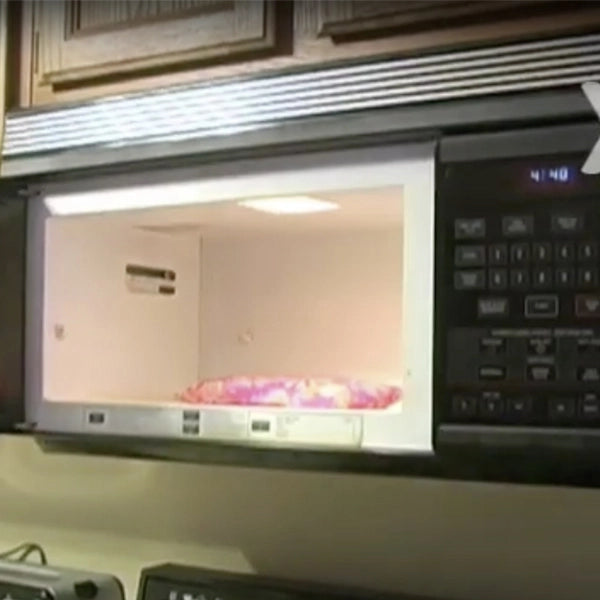
-
Electric Pads Generating Moisture: Some specialized electric pads have features like small water reservoirs or special covers designed to create steam or trap humidity near the skin.
-
Pros: Can offer more consistent heat levels, potentially longer application times.
-
Cons: Usually more expensive, limited by the power cord, might require specific maintenance.
-
-
Pads Requiring Added Water: These typically use an absorbent insert or sponge that you dampen with water before placing it in a cover and heating (or using with an electric pad).
-
Pros: Can provide a very noticeable level of moisture.
-
Cons: Can be messy or drippy, require prep time before each use, need careful handling.
-
-
Reusable Hot/Cold Gel Packs: Many standard gel packs designed for cold treatment can also be safely heated (always check the manufacturer's instructions!).
-
Pros: Versatile – useful for both heat and cold compress therapy.
-
Cons: Similar issues with controlling the exact temperature and limited heat duration as microwavable packs.
-

Understanding these different types helps you weigh their specific features and potential drawbacks against other heat therapy solutions, like modern electric dry heating pads, which often boast features such as precise digital temperature controls and automatic shutoffs for ease of use and safety.
When to Use a Moist Heating Pad
Knowing how moist heat works is one thing; knowing when it might be the right choice is key. Think of it like picking the right tool from your toolkit – sometimes that damp warmth just feels like the perfect fit for the job.
Many people reach for moist heat when dealing with:
-
Chronic Muscle or Joint Stiffness: Think of ongoing arthritis discomfort or that general morning stiffness that makes moving tough. The sensation of deep, penetrating heat can be especially comforting here.
-
Deep-Seated Muscle Soreness: For that ache that feels deep within the muscle belly after a strenuous workout (hello, DOMS - delayed onset muscle soreness).
-
Muscle Spasms and Cramps: Helping tightly wound, knotted muscles – like painful back spasms or disruptive menstrual cramps – to gently relax and release their grip.
-
Pre-Activity Warm-up: Applying heat before gentle stretching or physical therapy exercises can help increase blood flow and improve connective tissue pliability, prepping muscles for movement.
❌ WAIT: When NOT to Apply Heat
This part is crucial for safety. Avoid heat treatment (both moist and dry) in these common situations:
-
Acute Injury (First 24-48 hrs): If an area is swollen, bruised, and freshly injured, use cold pack, not heat. Heat applied too early can worsen inflammation and swelling.
-
Open Wounds / Active Infections: Applying heat can aggravate these conditions or potentially spread infection. A definite no-go.
-
Areas with Reduced Sensation: If nerve damage or another condition prevents you from accurately feeling how hot something is, the risk of accidental burns is simply too high.
-
Certain Skin Conditions: Some forms of dermatitis or rashes might be irritated by added heat and moisture.
-
Specific Doctor's Orders: If your healthcare professional has advised against using heat therapy for your particular medical condition, follow their guidance.
Often, choosing between moist and dry heat pack comes down to the specific type of ache and your personal preference for the sensation of heat. For easily managed, consistent warmth targeting everyday soreness and stiffness, many find advanced dry heat pads highly effective.
How to Use a Moist Heating Pad Safely
Getting relief shouldn't mean getting burned. Using any heating pad safely is simple if you follow a few key rules. Your skin's safety comes first.
Here’s your quick safety checklist:
-
Read Your Pad's Manual: Always start there. Specific instructions vary between types and brands.
-
Use a Protective Barrier: This is critical. Unless the pad's cover is explicitly designed for direct skin contact, always place a thin towel or cloth layer between the pad and your skin. This helps prevent burns.
-
Test the Temperature: Especially important for microwavable pads (check carefully for hot spots!). Test the heat briefly on your inner wrist before placing it fully. Start electric models on a low setting.
-
Watch the Clock: Stick to sessions of around 15-20 minutes. Set an actual timer. Never fall asleep while using a heating pad.
-
Inspect Before Each Use: Quickly check for any damage – cracks, leaks, frayed cords. If it looks damaged, don't risk using it.
-
Handle Electricity Carefully: If using an electric model, keep the pad and its connections well away from any excess water source.
Features like precise temperature settings and automatic shut-off timers, common on quality electric dry pads, offer added convenience, relieve pain, and peace of mind during use, helping to prevent accidental overheating or overuse.
Comparison: Moist Heat vs. Dry Heat
The main difference boils down to moisture's role. Moist heat uses water as a helper to transfer warmth, leading to that signature feeling of damp, penetrating heat. Dry heat, typically from electric heating pads, applies warmth directly to the skin's surface.
📍 Let's break down the key differences side-by-side:
| Feature | Moist Heat | Dry Heat |
| Sensation | Damp, often feels deeper, more enveloping | Consistent, direct surface warmth |
| Perceived Depth | Feels like it penetrates more deeply into tissue | Primarily heats the skin surface & layers just beneath |
| Muscle Relaxation | Can be very effective, often preferred for deep tightness | Also very effective, great for promoting overall relaxation |
| Convenience | Lower: Requires prep (water, microwave), potential mess | Very High: Usually just plug-and-play, no water, no mess |
| Temperature Control | Less Precise: Can be inconsistent (esp. microwavable) | Precise: Often features digital settings for exact control |
| Safety Features | Relies more on user diligence (timing, barriers) | Enhanced: Frequently includes auto-off timers, stable temps |
| Skin Effect | Can feel soothing; higher burn risk if barrier fails | Less likely to dehydrate skin from the heat source |
| Best For... | User preference for deep heat sensation, chronic stiffness | General aches/pains, sore areas, relaxation, ease of use |
Bottom line? Some people prefer moist heat's deep sensation for certain stubborn issues (we dive deeper into comparing moist and dry heat here), but it generally requires more effort and careful handling.
❤️ For convenient, controlled, and reliable relief for most everyday aches and stiffness, advanced electric dry pads – like Homlyns' options featuring graphene heat distribution or weighted pressure designs – are often the most practical and user-friendly choice, offering consistent warmth with enhanced safety features.

Tips for Maintaining and Cleaning Moist Heating Pads
Want your heating pad to last and stay hygienic? Proper care is straightforward but important. Always check the manufacturer's specific cleaning instructions for your model first, as methods vary.
General care tips based on the type of pad:
-
Removable Covers: Good news – most fabric covers are machine washable. Check the care tag, and wash them regularly like any bedding that touches your skin.
-
Microwavable Inserts (Grain/Bead Filled): These usually cannot be washed or submerged. If soiled, spot clean the surface very carefully with a barely damp cloth and allow it to air dry completely before storing or reheating. Keep them dry.
-
Electric Pads with Moist Feature: Never immerse electric pads in water! Unplug the unit. If needed, gently wipe the surface with a damp cloth. Let it air dry thoroughly (hours, even) before plugging back in or storing. Your manual is your best guide here.
-
Sponges/Absorbent Layers: Follow the product guide – some are washable. Replace them if they look worn, torn, or show any signs of mildew.
Store your heating pad flat in a cool, dry place, avoiding kinks in any cords. For comparison, most standard electric dry heating pads simply require an occasional surface wipe-down, making their upkeep notably simple.
DIY Moist Heating Pad (Simple Version)
Feeling handy? You can create very basic moist hot packs yourself. It’s fine for occasional, quick use, but remember it lacks the safety features and temperature control of commercial pads.
Here’s the classic "rice sock" method:
-
Get Materials: Find a clean 100% cotton sock (synthetics can melt!) or make a small pouch from cotton fabric. You'll also need uncooked rice, flaxseed, or barley.
-
Fill 'er Up: Pour your chosen filler into the sock until it's about two-thirds to three-quarters full. Add a tablespoon of dried lavender if you like the scent.
-
Seal Securely: Tie a very tight knot in the sock opening, or sew it shut securely. You definitely don't want hot rice spilling out.
-
Heat Carefully: Place it in the microwave. Start with 60-90 seconds on high. Remove it cautiously (it'll be hot!) and test the temperature carefully on your inner wrist. If needed, heat in additional 15-second bursts, testing each time. Shake well between bursts to distribute heat evenly.
Where's the moisture? The grains absorb some ambient moisture from the air as they heat. You can try lightly misting the sock surface with water before heating, but use extreme caution as this increases the risk of steam burns if overheated.
‼️ Important Note: DIY packs offer zero temperature control and the heat fades fast. The biggest concern is the risk of hot spots and burns from uneven heating or overheating. For consistent, reliable warmth with safety features like temperature settings and auto-shutoff, engineered electric pads provide predictable performance and peace of mind that homemade versions simply cannot match.
Alternative Moist Heat Products & Methods
Heating pads aren't the only game in town for moist heat. Several other common methods can provide similar damp warmth.
Consider these other approaches:
-
Warm Water Baths & Showers: An easy and immersive way to apply gentle, moist heat wraps to large areas of the body. Excellent for overall muscle relaxation and easing stiffness. Adding Epsom salts to hot water can help enhance the muscle-soothing benefits.

-
Warm Compresses: The simplest method. Soak a clean washcloth or small towel in comfortably warm (test it first – not scalding!) water, wring it out thoroughly so it's damp but not dripping, and apply it to the affected area. While effective, the main drawback is that it cools down very quickly, requiring frequent re-soaking and reheating. Best suited for small, localized areas.

-
Paraffin Wax Baths: Often used in physical therapy, especially for arthritis in the hands and feet. You dip the body part into melted paraffin wax; the wax cools slightly, forming a coating that delivers sustained, gentle moist heat. Requires specialized equipment.

Source: assh.org
-
Hydrocollator Packs: These professional-grade packs contain silica gel and are heated in temperature-controlled water units. Common in physiotherapy clinics, they hold heat effectively but must be wrapped in thick towel layers to prevent burns and require professional handling. Not typically a home-use item.
While a warm bath is relaxing and compresses are easy for quick application, they lack the targeted convenience and sustained, controlled temperature of a dedicated device. For repeatable, easy-to-manage heat treatment applied precisely where you need it, a quality heating pad remains a highly effective and practical choice for home use.
Reliable Heat Relief Made Simple by Homlyns
Understanding heat therapy options helps you make smart choices for managing aches and finding comfort. Moist heat has its unique feel and uses, but knowing the types, benefits, and crucial safety steps empowers you to use heat effectively.
Here’s a quick recap of the essentials:
-
Moist heat uses water for efficient heat transfer, often creating a deep-feeling warmth.
-
Key benefits include pain relief, deep muscle relaxation, and soothing joint stiffness.
-
Types vary widely, from simple microwavable packs to specialized electric models.
-
Safety First: Always use protective barriers and limit sessions to 15-20 minutes.
-
Modern dry heat pads excel in convenience, precise control, and consistent heat.
-
Remember when not to use heat (like on acute injuries or open wounds).
While exploring your heat treatment choices, consider the dependable ease and precision available today. Homlyns electric heating pads deliver targeted, consistent dry heat with user-friendly features such as multiple temperature settings and auto-shutoff timers, making effective, reliable relief accessible whenever discomfort strikes.




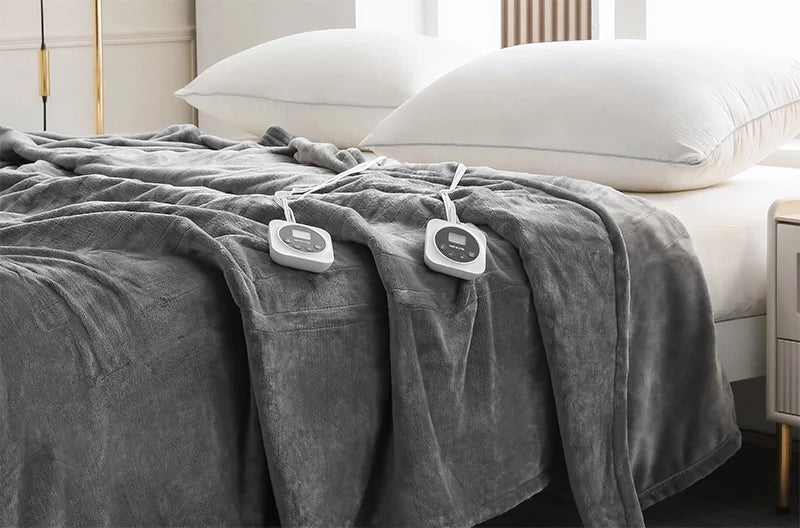
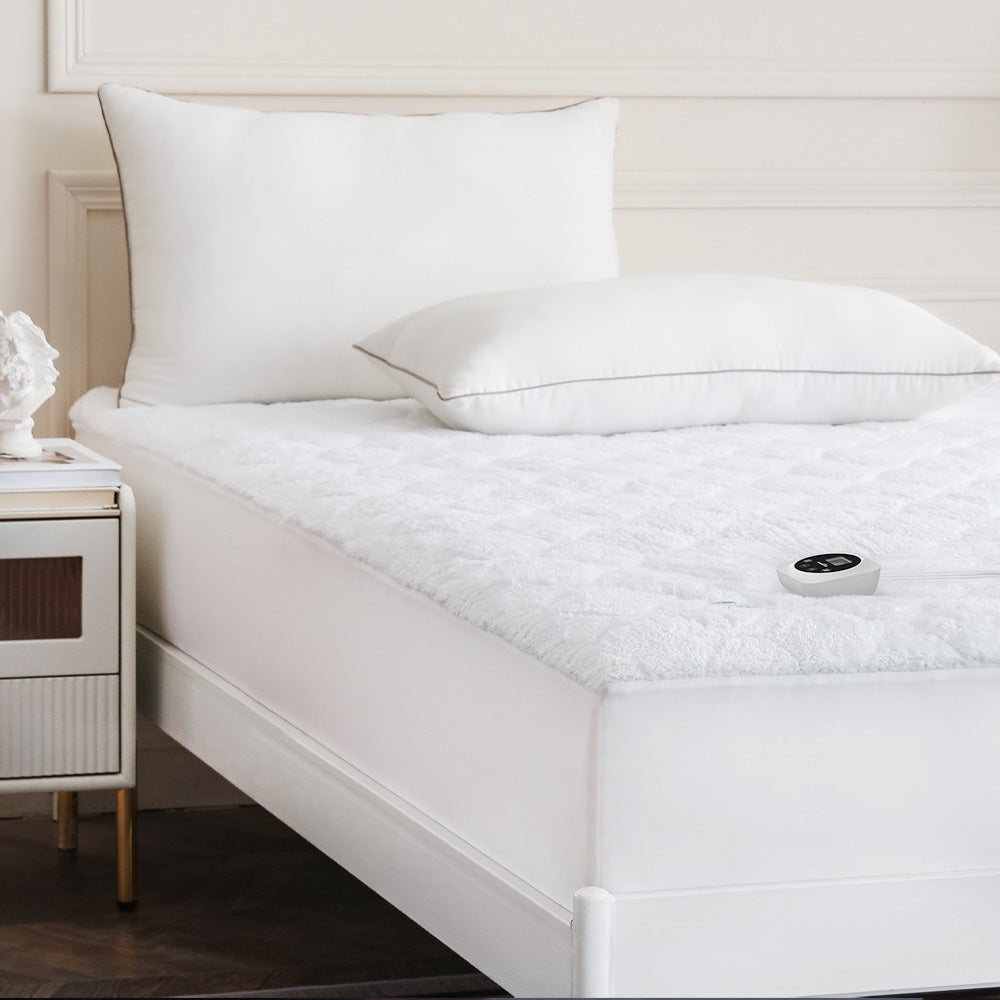
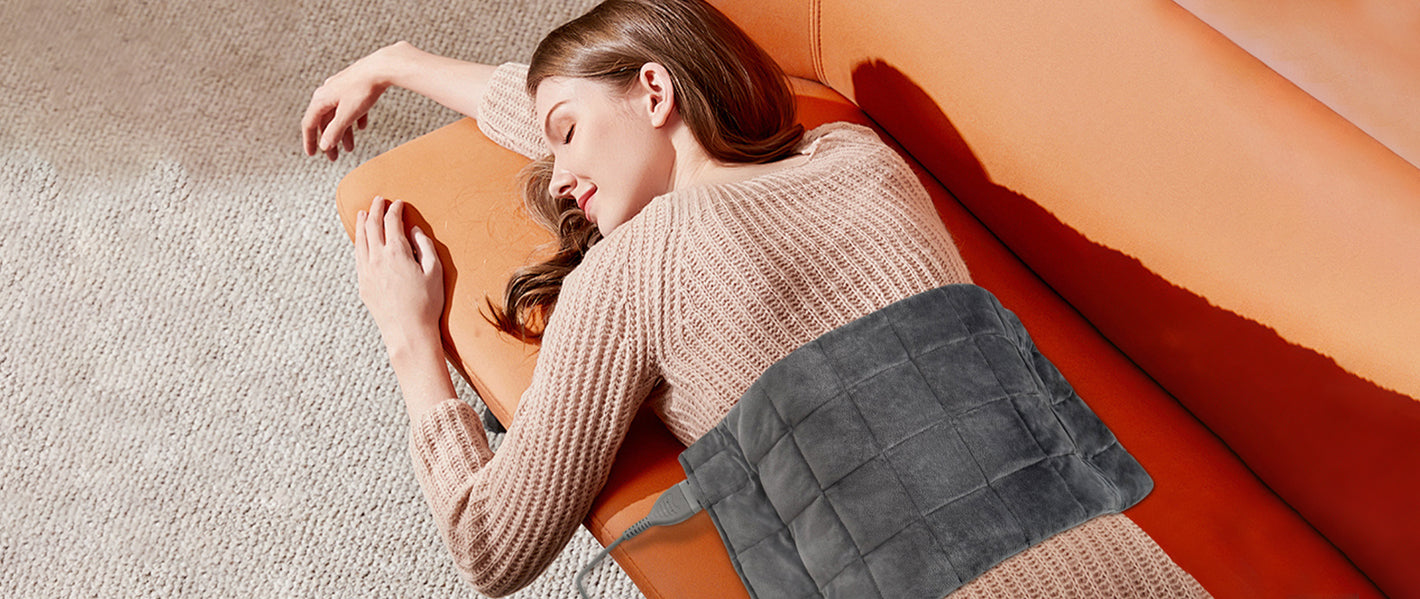
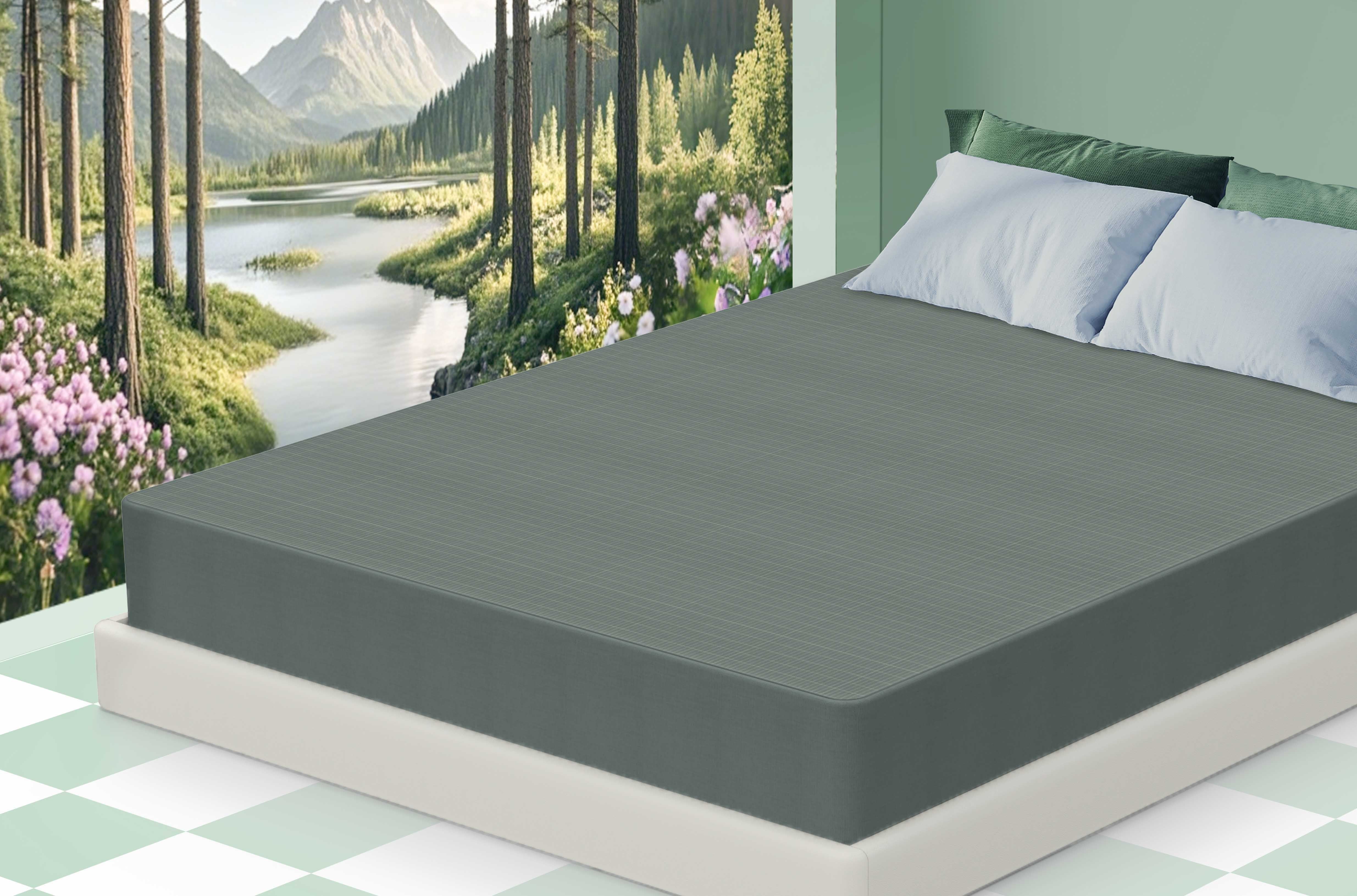
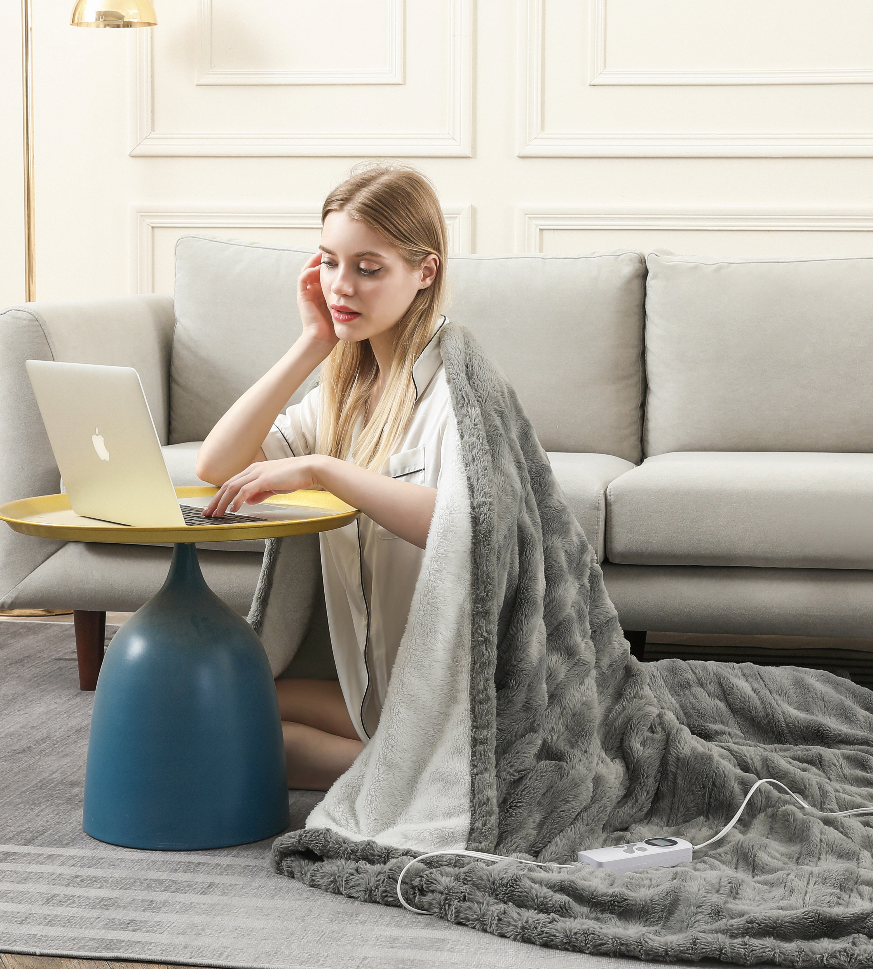
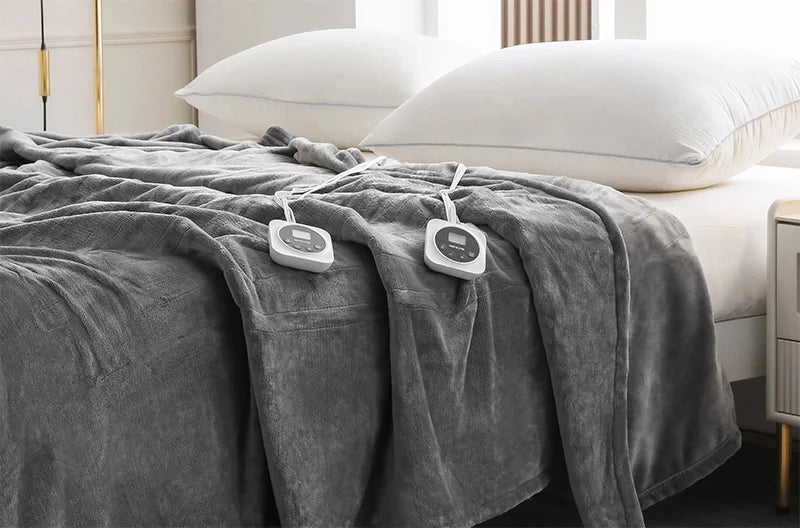
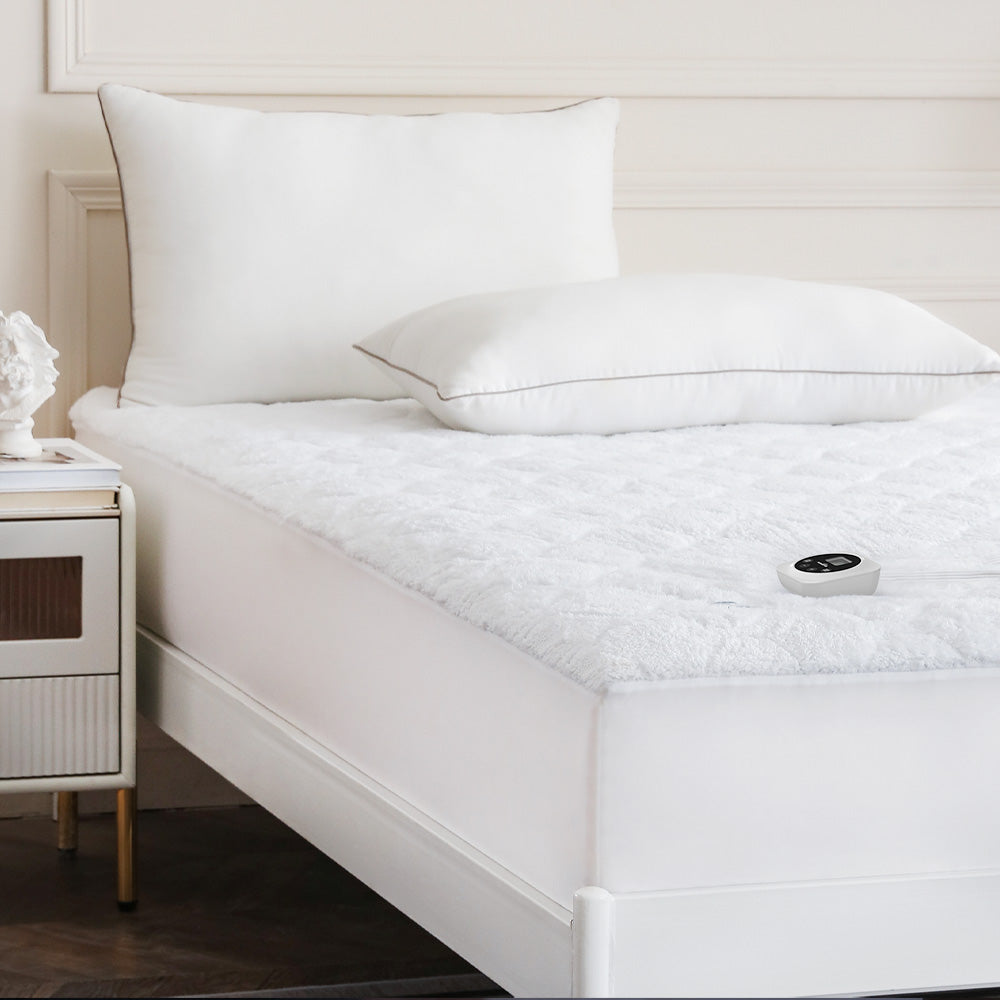
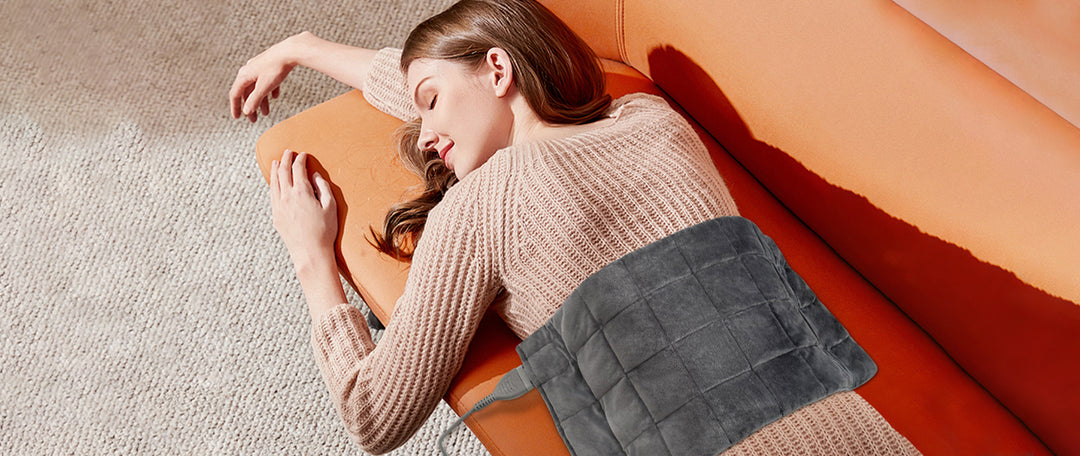
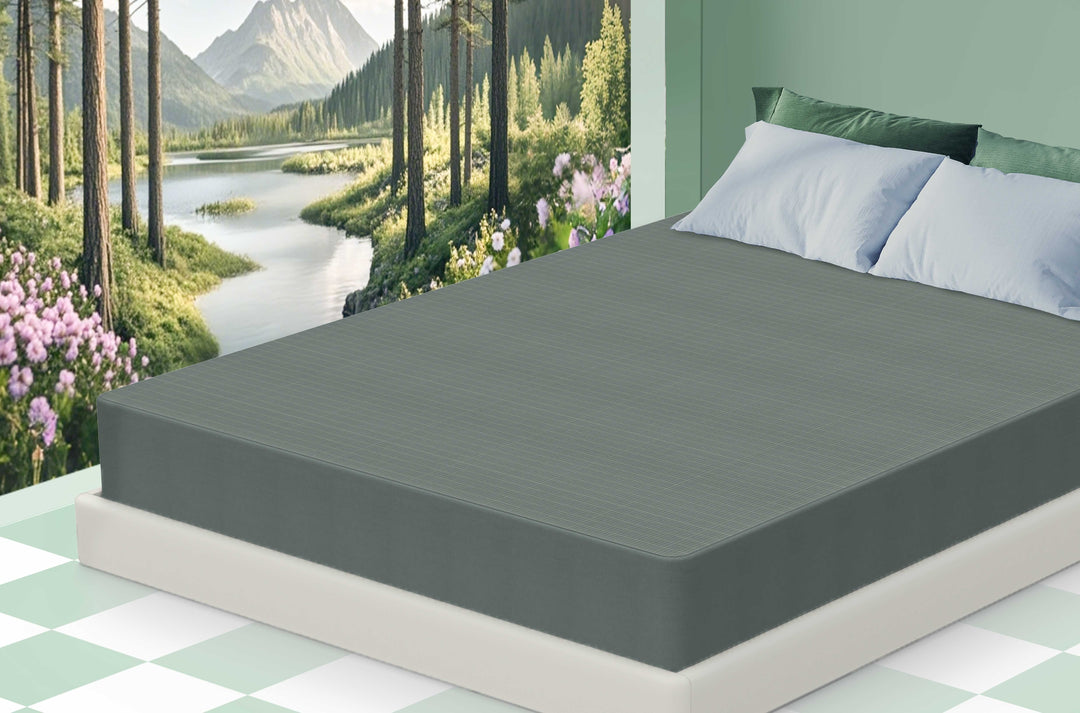



Leave a comment